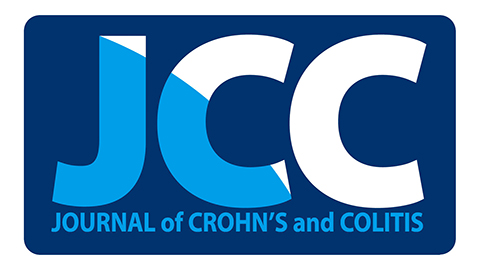
“The poor survival of cells in ischemic sites diminishes the therapeutic efficacy of stem cell therapy. Previously we and others have reported that Cannabinoid receptor type II (CB2) is protective during heart ischemic injury for its anti-oxidative activity. However, whether CB2 activation could improve the survival and therapeutic efficacy of stem cells in ischemic myocardium and the underlying mechanisms remain elusive.
Here, we showed evidence that CB2 agonist AM1241 treatment could improve the functional survival of adipose-derived mesenchymal stem cells (AD-MSCs) in vitro as well as in vivo. Moreover, AD-MSCs adjuvant with AM1241 improved cardiac function, and inhibited cardiac oxidative stress, apoptosis and fibrosis. To unveil possible mechanisms, AD-MSCs were exposed to hydrogen peroxide/serum deprivation to simulate the ischemic environment in myocardium.
Results delineated that AM1241 blocked the apoptosis, oxidative damage and promoted the paracrine effects of AD-MSCs. Mechanistically, AM1241 activated signal transducers and activators of transcription 3 (Stat3) through the phosphorylation of Akt and ERK1/2. Moreover, the administration of AM630, LY294002, U0126 and AG490 (inhibitors for CB2, Akt, ERK1/2 and Stat3, respectively) could abolish the beneficial actions of AM1241.
Our result support the promise of CB2 activation as an effective strategy to optimize stem cell-based therapy possibly through Stat3 activation.”








